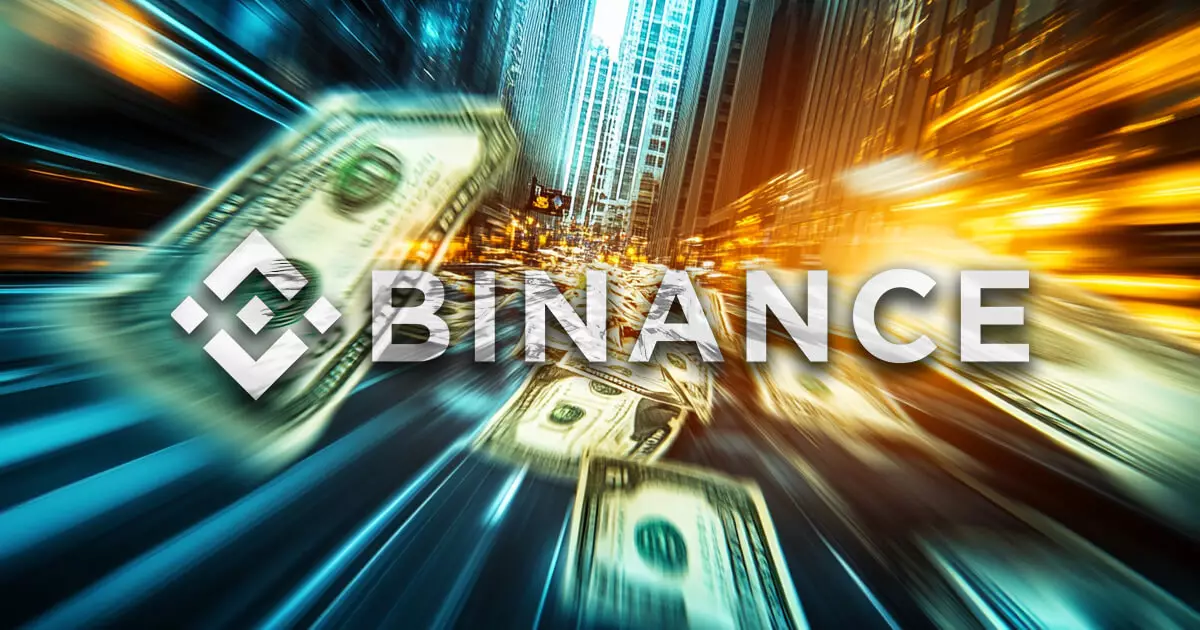In a striking display of market fluidity, Binance has reported a staggering influx of over $7 billion following the recent US elections held on November 5. Early analysis suggests that this surge correlates closely with recent events in the political arena, including the victory of former President Donald Trump. Notably, this figure dwarfs that of competitors like OKX, which attracted only around $1 billion during the same timeframe. As a result of this influx, Binance’s total user assets have ballooned to an impressive $140 billion, marking a new peak since the exchange began its Proof of Reserves disclosures two years ago.
A further examination of data from CryptoQuant reveals critical insights into Binance’s market positioning. The exchange’s reserve percentage, which reflects its stored assets compared to all platforms in the industry, has climbed to 25%. Though this positions Binance as a strong contender, Coinbase currently leads with a reserve percentage of 33%. Should Binance sustain this growth trajectory, it poised to challenge Coinbase and potentially overtake it in reserve rankings. This shift speaks volumes not only about the competitiveness of the cryptocurrency market but also highlights Binance’s strategic maneuvering in a post-election climate.
The electoral aftermath has not only spurred inflows but has also invigorated user activity on the platform. On November 6, Binance registered a remarkable spike in user engagement, with app visits peaking at over 13 million. This increase in activity ties directly to broader market trends, particularly the surging prices of leading cryptocurrencies like Bitcoin and Ethereum, which have seen increases of around 20% and 30%, respectively. Analysts attribute this upswing to renewed optimism in the market, potentially ignited by Trump’s electoral success, which has rejuvenated investor interest in digital assets.
Given the current momentum, Binance’s CEO, Richard Teng, emphasized that the exchange’s growth reflects a broader acceptance of cryptocurrencies within the mainstream economic conversation. He pointed out that the discussions revolving around crypto during the US election signify the sector’s persistent evolution and its increasing significance to global economic frameworks. This framing positions the cryptocurrency sphere, particularly Binance, in what Teng describes as a “golden era,” a period during which the potential of digital assets is thoroughly recognized and embraced.
Despite its remarkable growth, Binance has encountered a series of regulatory hurdles in diverse regions, including the United States, Nigeria, and India. As the largest trading platform, controlling over 40% of the market, Binance’s path forward is fraught with challenges that may influence its operations and market strategies. Regulatory scrutiny can serve as a double-edged sword; while it may foster long-term trust among users, it can also constrict and complicate the exchange’s growth potential.
Binance’s recent surge following the US elections reflects a definitive shift in market dynamics. With inflows and user engagement reaching new heights, the exchange is not only solidifying its dominance but also navigating the intricacies of regulatory landscapes that could shape the future of cryptocurrency trading.

